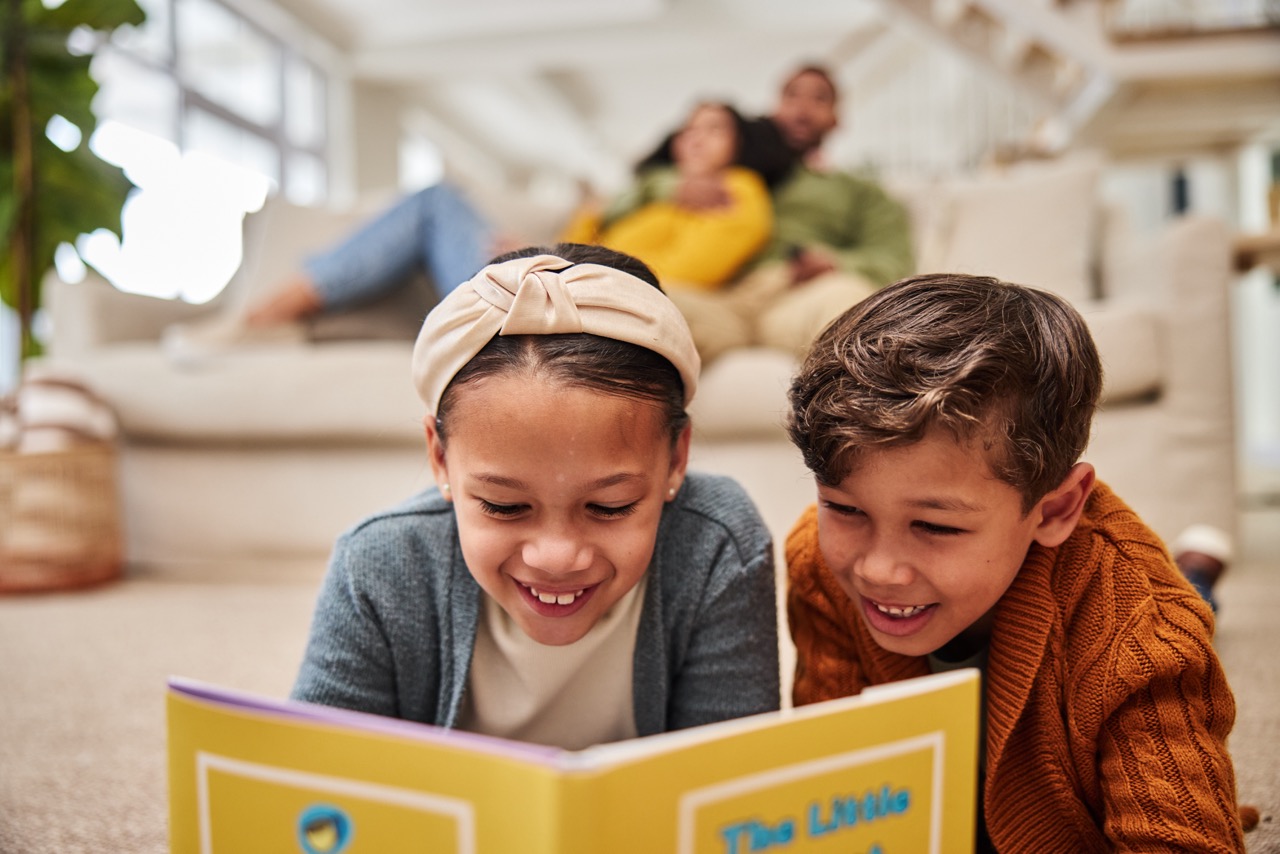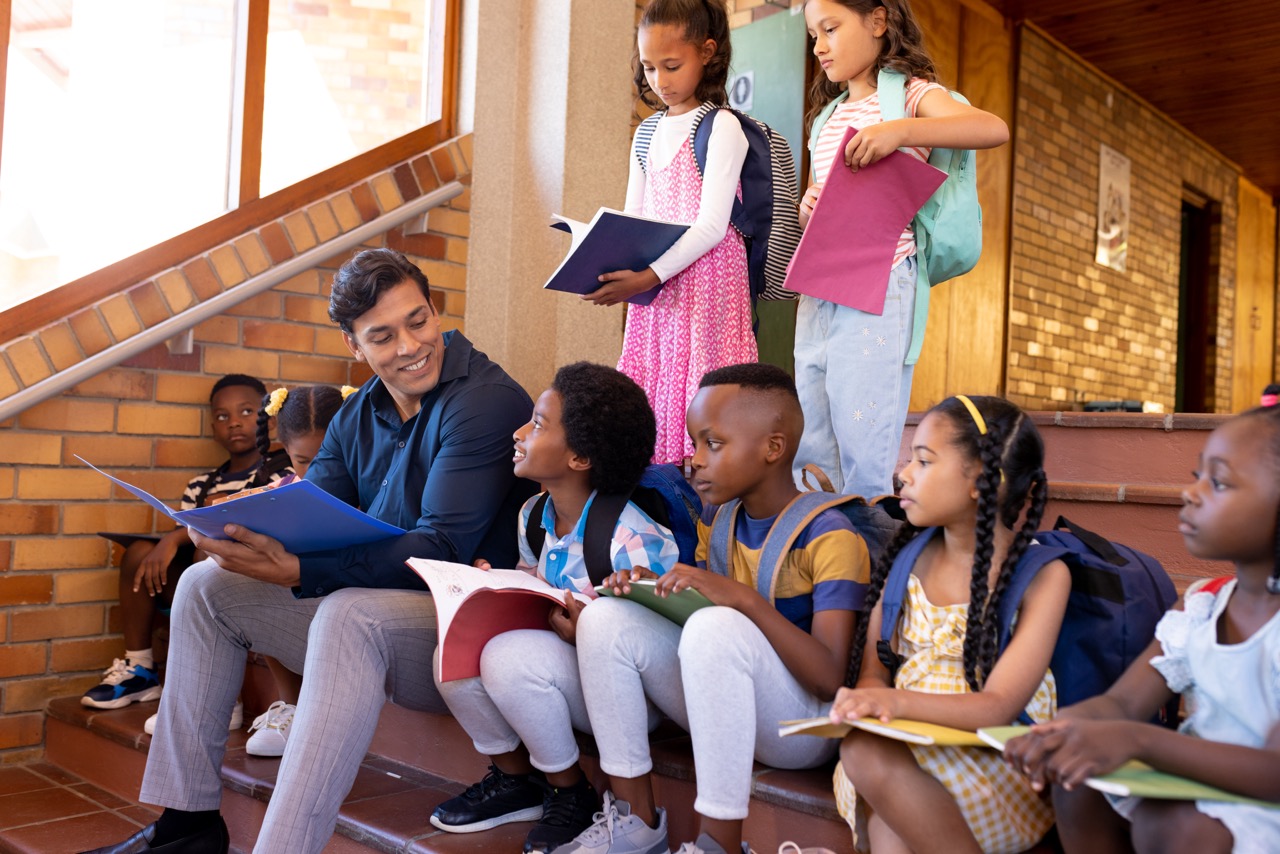In an increasingly interconnected world, the significance of multicultural literature for children cannot be overstated. As children navigate their formative years, the stories they encounter shape their understanding of the world around them. Diverse literature introduces young readers to different cultures, perspectives, and experiences, fostering an environment of acceptance and understanding. This article explores the importance of multicultural books, highlights exemplary titles for various age groups, and discusses how these narratives can nurture empathy and encourage meaningful conversations among young readers.
The Importance of Diverse Literature for Young Readers
Diverse literature serves as a crucial bridge connecting children to the myriad of cultures that populate our global landscape. It provides a window into the lives of others, allowing young readers to see the world through different lenses. When children engage with characters from various backgrounds, they learn that experiences and values can differ vastly, yet shared emotions and aspirations can unite us all. This understanding is foundational in cultivating respect and appreciation for diversity.
Moreover, books that reflect the diverse tapestry of human experience can help combat stereotypes and misconceptions. When children read stories that portray characters from different ethnicities, religions, and socioeconomic backgrounds, they are less likely to develop biases. Instead, they begin to celebrate differences and recognize the rich contributions that various cultures make to society. By fostering a love for diverse literature, parents and educators can help build a generation that values inclusivity.
Lastly, multicultural literature encourages critical thinking. By presenting complex themes such as social justice, identity, and community, these books challenge children to question their own beliefs and assumptions. They stimulate curiosity about the world beyond their immediate surroundings and inspire young readers to engage with the global community in thoughtful and informed ways. In this sense, multicultural books are not just stories; they are tools that empower children to become more informed, compassionate citizens.
Celebrating Cultures: Books That Open Children’s Eyes
One of the most delightful aspects of multicultural literature is its ability to celebrate the richness of various cultures. Titles such as "Last Stop on Market Street" by Matt de la Peña and "The Name Jar" by Yangsook Choi offer a glimpse into the everyday lives of children from diverse backgrounds. These stories not only entertain but also provide insight into cultural practices, family dynamics, and social issues. Through vibrant illustrations and engaging narratives, authors invite readers to explore new worlds.
Another notable title is "Inside Out and Back Again" by Thanhha Lai, which tells the poignant story of a young girl fleeing Vietnam after the war. This novel-in-verse not only shares the immigrant experience but also highlights themes of resilience, identity, and belonging. Such stories act as conduits for understanding and empathy, drawing readers into the characters’ journeys and encouraging them to reflect on their own lived experiences.
Additionally, "All Are Welcome" by Alexandra Penfold paints a picture of a diverse classroom where children from different cultures come together. This book fosters a sense of belonging and acceptance, teaching children the importance of kindness and inclusivity. Celebrating diversity through literature allows young readers to recognize the beauty in differences, ultimately creating a more harmonious community.
Top Picks: Multicultural Stories for Every Age Group
When it comes to choosing multicultural books for children, a wealth of options is available across various age groups. For toddlers and preschoolers, "Global Babies" by The Global Fund for Children introduces the world through charming photographs of babies from around the globe. This simple yet effective book cultivates curiosity about different cultures from an early age, laying a strong foundation for future exploration.
As children transition into elementary school, books like "Each Kindness" by Jacqueline Woodson and "The Proudest Blue" by Ibtihaj Muhammad become essential reads. These stories tackle themes of kindness, bullying, and cultural pride, providing relatable dilemmas that encourage discussions among peers. They help children understand the importance of compassion and acceptance, making them perfect additions to any classroom or home library.
For middle-grade readers, titles such as "Amina’s Voice" by Hena Khan and "The Crossover" by Kwame Alexander offer deeper explorations of identity and cultural heritage. These books encourage children to reflect on their own experiences while learning from those of their peers. By featuring relatable characters and engaging storylines, these narratives resonate with young audiences, making them pivotal in fostering a love for multicultural literature.
How Reading Diverse Books Shapes Empathy in Kids
Reading multicultural literature plays a vital role in shaping empathy in children. When young readers immerse themselves in stories about characters from different backgrounds, they engage in a form of emotional learning. They begin to understand the complexities of others’ experiences, building a sense of connection that transcends their own realities. This emotional engagement encourages children to see beyond superficial differences, cultivating a deeper appreciation for the shared human experience.
Furthermore, diverse literature promotes critical conversations about social issues, allowing children to grapple with topics such as discrimination, immigration, and identity. By relating to characters facing challenges that may be unfamiliar to them, readers develop a sense of compassion and a desire to make a positive impact in their communities. This empathetic mindset is essential for nurturing socially responsible individuals who are aware of the challenges faced by others.
Additionally, the act of sharing stories can strengthen bonds among children. When they discuss the diverse characters and situations they encounter in books, they learn to listen to each other’s perspectives. This dialogue fosters understanding and empathy, teaching children that every person has a unique story that deserves to be heard. In this way, multicultural literature becomes a catalyst for connection and understanding, enriching children’s social interactions.
Encouraging Discussions: Themes in Multicultural Literature
The themes present in multicultural literature are invaluable tools for encouraging discussions among children. Topics such as family dynamics, cultural traditions, and social justice provide a rich ground for dialogue. For example, books like "The Name Jar" can spark conversations about identity and the significance of names in different cultures. Such discussions not only enhance comprehension but also invite children to reflect on their own experiences.
Moreover, themes of resilience and perseverance are often showcased in multicultural stories. Books such as "Inside Out and Back Again" highlight the challenges of displacement and adaptation, prompting children to consider the strength it takes to overcome adversity. By discussing these themes, young readers can learn about empathy, compassion, and the importance of supporting one another through difficult times.
Additionally, multicultural literature often addresses themes of community and belonging. Discussing books like "All Are Welcome" can lead to conversations about acceptance and inclusivity in children’s own lives. These discussions help nurture a sense of responsibility in young readers, encouraging them to stand up for their peers and advocate for a more inclusive environment. Ultimately, multicultural literature serves as a springboard for meaningful conversations that deepen children’s understanding of the world.
Resources for Finding the Best Multicultural Books
Finding the right multicultural books can be an enriching endeavor for parents, educators, and caregivers. Numerous online platforms and organizations curate lists of diverse literature that cater to various age groups. Websites like We Need Diverse Books and the Cooperative Children’s Book Center provide insightful resources and recommendations, helping caregivers make informed choices about the books they introduce to children.
Local libraries and community centers often host book fairs and multicultural events that showcase diverse authors and stories. Engaging with these community resources allows families to discover new titles and participate in discussions surrounding multicultural literature. Additionally, many libraries offer themed reading challenges and book clubs focused on diversity, fostering a collaborative environment for exploring different cultures.
Social media platforms and parenting blogs are also valuable resources for finding multicultural literature. Many bookstagrammers and bloggers are dedicated to promoting diverse books and often share reviews, recommendations, and reading lists. By following these accounts, parents and educators can stay updated on the latest releases and engage with a community that celebrates multicultural literature as a vital part of children’s reading experiences.
In conclusion, multicultural books hold immense power in shaping the minds and hearts of young readers. They provide essential insights into different cultures, foster empathy, and encourage open discussions about identity and social issues. By incorporating diverse literature into children’s reading lives, we can cultivate a generation that celebrates differences and values inclusivity. As we continue to explore and share these stories, we empower children to become compassionate, informed members of a diverse society. Embracing multicultural literature is not just beneficial; it is imperative in today’s globalized world.










